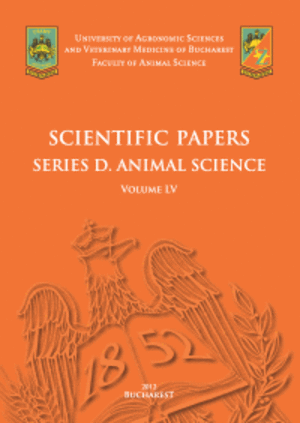Published in Scientific Papers. Series A. Agronomy, Vol. LXVIII, Issue 1
Written by Albert AVARVAREI, Maria TOADER, Viorel ION
Tillage is an important tool within the crop technology to ensure good growing conditions for maize plants, decrease production costs, and improve soil characteristics. Also, nitrogen has a significant effect on crops, especially when it comes to maize, this being the most important nutrient that affects plant growth and yielding capacity of the plants. Thus, the paper aims to present the effects of different tillage and nitrogen rates on maize grain yield and yielding elements in the specific growing conditions of Danube Meadow from South Romania. In this respect, the research was performed in the years 2023 and 2024, in field experiments under rainfed conditions located in the Danube Meadow from South Romania, respectively near Oltenița city from Călărași County. The experimental factors were tillage methods (Plowing at 25 cm + 2 disc harrows passes; Scarifying at 35 cm + 2 disc harrows passes; Gruber Tiger at 25 cm; Gruber Tiger at 15 cm; Disc harrow at 15 cm x 2 passes) and nitrogen rate (0, 80, 120, and 160 kg/ha). Nitrogen fertilization had a positive effect on maize yielding elements and grain yield, especially at the highest rate regardless of the tillage method or climatic conditions of the year. The highest average grain yields were obtained in the case of variant of tillage with Gruber Tiger at 25 cm depth, especially in the better climatic conditions and associated with high nitrogen rate (160 kg/ha).
[Read full article] [Citation]




